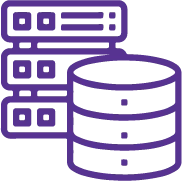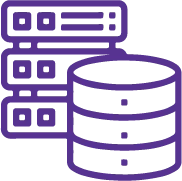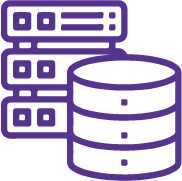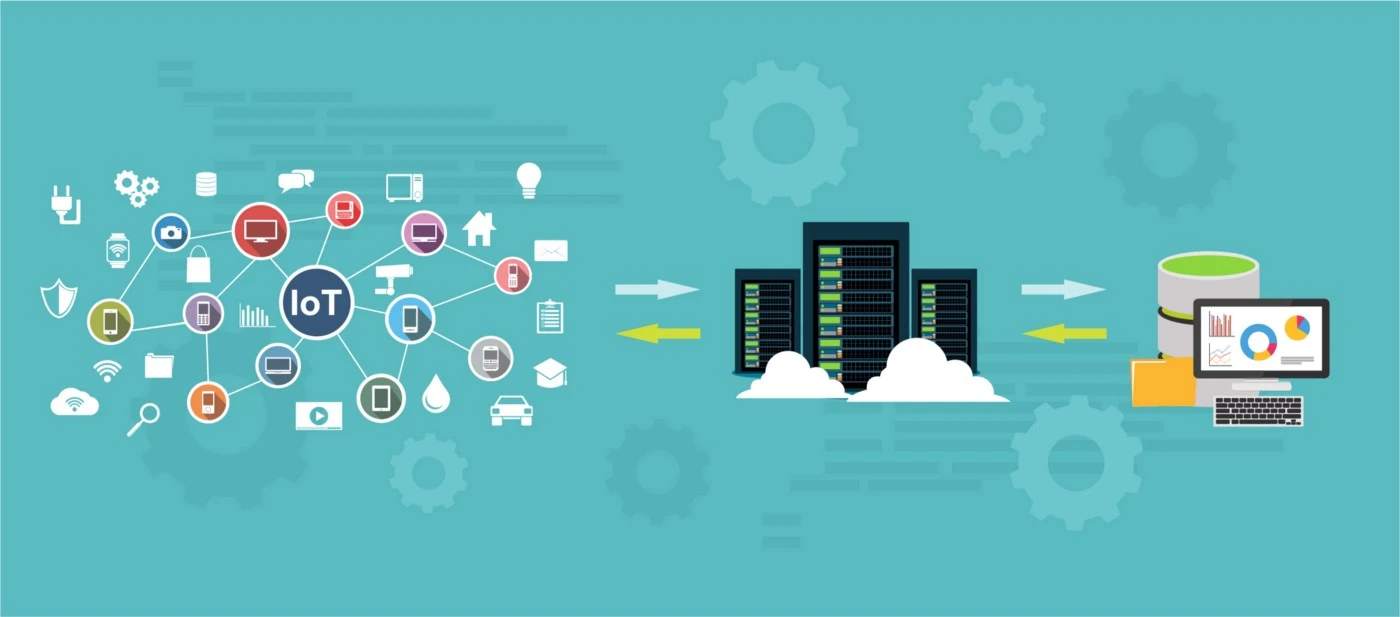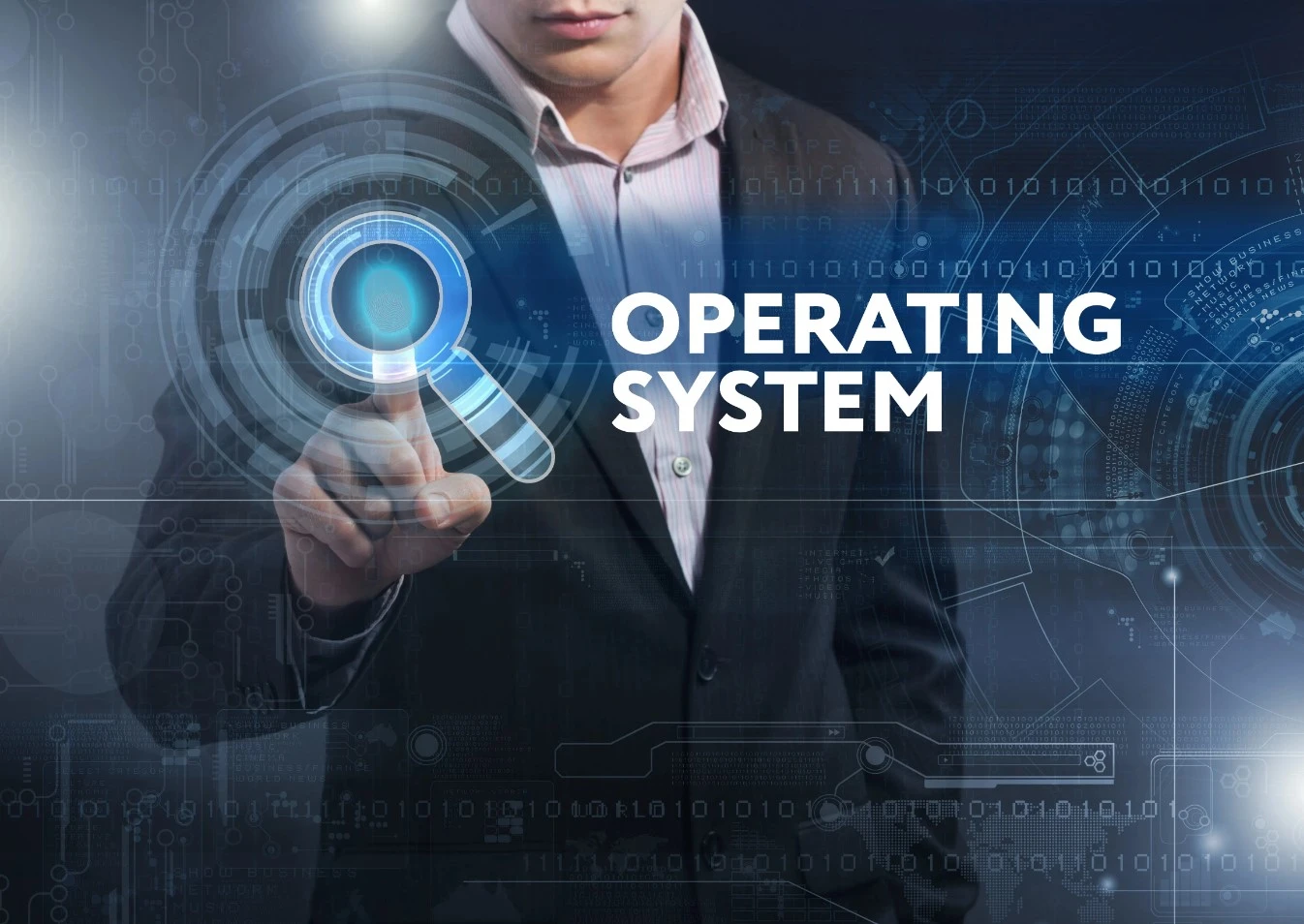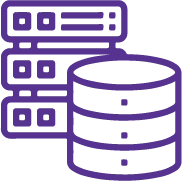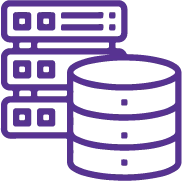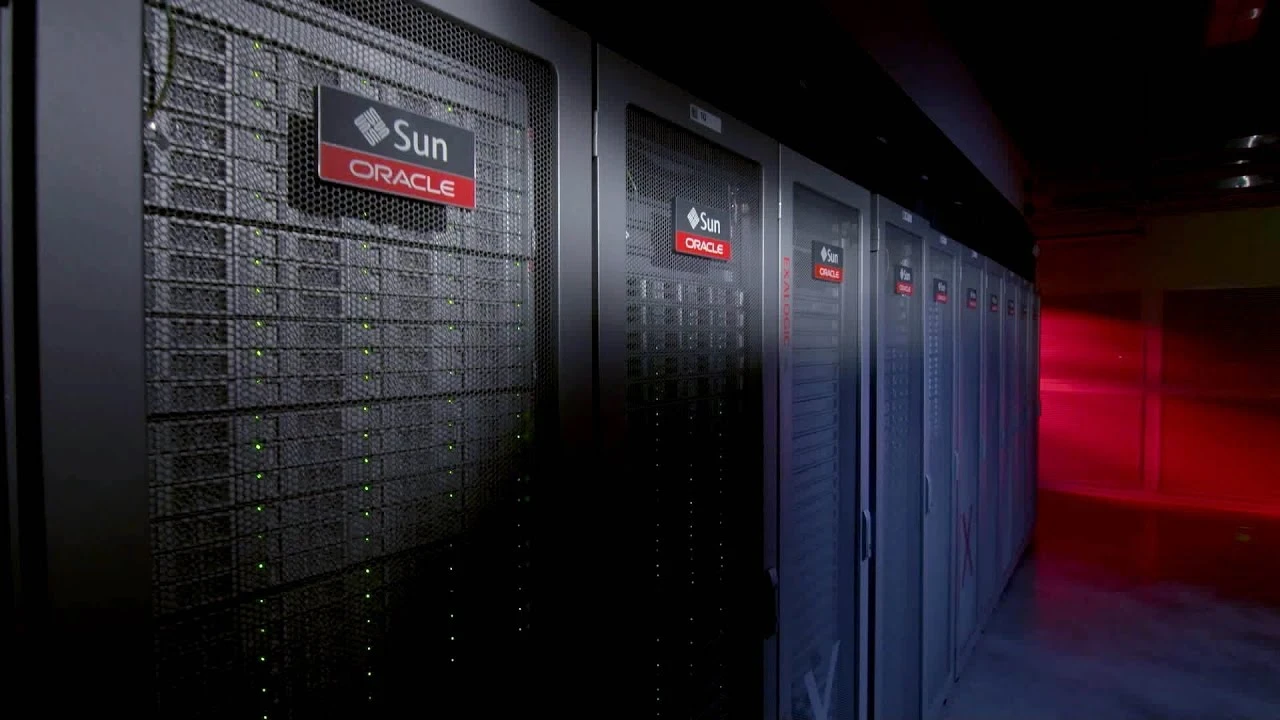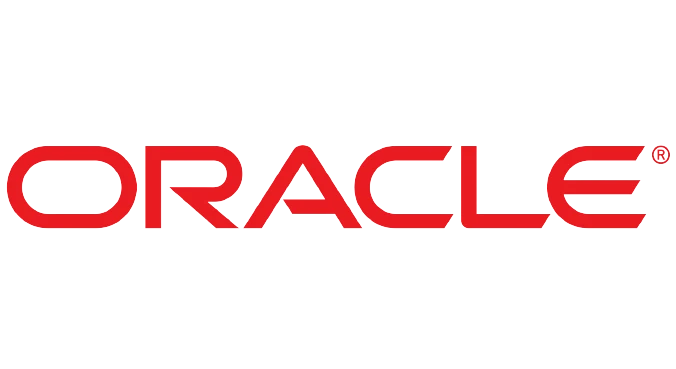Bu Java EE ile Kurumsal Mimar Uygulamaları eğitimi, Java Platformu’nun Kurumsal Sürüm (Java EE) teknolojisini kullanarak kurumsal Java uygulamaları için mimarileri nasıl geliştireceğinizi öğretmektedir. Java EE ve ilgili teknolojileri anlayın.
Hedefler
- Kurumsal Mimar’ın rollerini, sorumluluklarını ve çıktılarını tanımlama.
- Fonksiyonel olmayan gereksinimleri (NFR’ler) belirleme ve sık karşılaşılan sorunları ve çözümlerini açıklama.
- İş gereksinimlerini bir mimariye dönüştürme.
- İstemci, web, iş, entegrasyon ve veri katmanlarının mimarisini hazırlarken yapılacak seçimlerin ağırlıklarını belirleme.
- Mimari unsurların ve düzenlerin, araçların, sunucuların ve çalışma çerçevelerinin seçiminde çeşitli değerlendirme kriterlerini uygulama.
Topics
- Introducing Enterprise Architecture
- What is Enterprise Architecture?
- An Architect’s Roles and Responsibilities
- Introducing Fundamental Architectural Concepts
- Distinguish between architecture and design
- Architectural Patterns
- Architectural Deliverable Artifacts
- What is an Enterprise Architecture Framework
- 4 + 1 View Model
- Architectural Modeling Using UML
- Architecture Workflow
- What is an Enterprise Architecture Framework
- Developing a Security Architecture
- Analyzing the Impact of Security in Distributed Computing
- Examining Security in the Java EE Technology
- Understanding Web Services Security
- Understanding Non-Functional Requirements
- Examining Non-Functional Requirements (NFRs)
- Common Practices for Improving Qualities
- Prioritizing Quality-of-Service (QoS) Requirements
- Inspecting QoS Requirements for Trade-offs
- Defining Common Problems and Solutions: Risk Factors and System Flexibility
- Identifying Risk Factors
- Designing a Flexible Object Model
- Defining Common Problems and Solutions: Network, Transaction and Capacity Planning
- Describing Network Communication Guidelines
- Justifying the Use of Transactions
- Planning System Capacity
- Java EE 7 Overview
- Describe the new features in Java EE 7
- Describe the impact of Java EE 7 features on J2EE, Java EE 5 and 6 architectures
- Developing an Architecture for the Client Tier
- Client Tier Development Roles
- Information Architecture Client Concerns
- Selecting User Interface Devices and Technologies
- Discovering Reusability in the Client Tier
- Deployment Strategies for the User Interface
- Security Concerns in the Client Tier
- Testing
- Developing an Architecture for the Web Tier
- Responsibilities of the Web Tier
- Seperation of Concerns
- Comparing Web Tier Frameworks
- Providing Security in the Web Tier
- Scaling the Web Tier
- Developing an Architecture for the Business Tier
- Business Tier Technologies
- Architecting the Domain Model
- Development Best Practices
- Developing an Architecture for the Integration and Resource Tiers
- Examining Enterprise Information System Integration
- Reviewing Java Integration Technologies
- Applying Integration Patterns
- Examining Service-Oriented Architecture (SOA)
- Evaluating the Software Architecture
- Evaluating Software Architectures
- Evaluating Java EE Technologies
- Creating System Prototypes
- Selecting Servers and Frameworks
